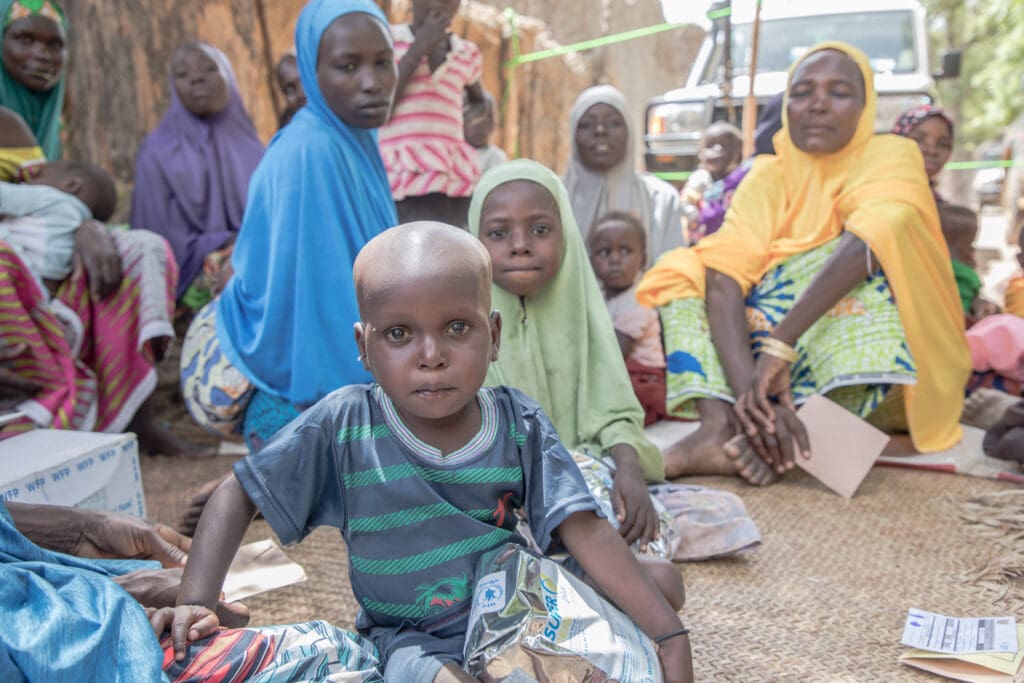World Food Programme Gears Up to Support Children Left Without Meals Due to COVID-19 School Closures

Rome – The closure of schools around the world due to COVID-19 risks having a major impact on the health and nutrition of school children.
More than 320 million children around the world are now missing out on school meals due to school closures because of COVID-19. Many of these children are from poor families and depend on the daily meals they receive at school.
Some 37 countries where the United Nations World Food Programme (WFP) implements school feeding programs have so far reported partial or country-wide closure of school. This means that nearly 9 million children are no longer receiving U.N. World Food Programme-supported school meals – and that number is set to rise in coming days and weeks.
The effects on these children and their families are dire. For many, hungry children, a school meal may be their only nutritious meal during the day – without it they lose the protection of vital vitamins and micronutrients. For poor families, the value of a meal in school is equivalent to about 10 percent of a household’s monthly income. For families with several children in school, that can mean substantial savings. The loss of the school meal means a loss of income.
“This pandemic is having a devastating effect on school children around the world, particularly in developing countries,” said Carmen Burbano, director of school feeding at the U.N. World Food Programme. “For children from vulnerable households whose only proper meal is the one they get at school, this turn of events is calamitous. We can shift to online learning, but not online eating. Some solutions are needed and that’s what we’re working on.”
The U.N. World Food Programme is working with governments and partners to ensure that school children and their families continue to receive support that addresses their food and nutritional requirements during the COVID-19 crisis.
In countries where schools are still open, it is vital to ensure that hygiene, behavior and food safety and quality standards are followed and that social distancing measures are addressed to reduce the risk of infection. The U.N. World Food Programme is also working with partners to improve access to water and sanitation.
In countries where schools are closed, the U.N. World Food Programme is evaluating possible alternatives. This includes providing take-home rations in lieu of the meals, home delivery of food and provision of cash or vouchers.
Where emergency safety net programs are being introduced by the governments in response to COVID-19, the U.N. World Food Programme is advocating that primary schoolchildren and their families are included as part of the vulnerable population.
The U.N. World Food Programme directly supports governments with school feeding programs in 61 countries where they offer a critical social safety net for poor and vulnerable households. In 2018, school meals programs supported by the U.N. World Food Programme reached an estimated 16.4 million children around the world.
Some programs provide complete meals, while others distribute high-energy biscuits fortified snacks such as date bars. In countries with high levels of poverty, the U.N. World Food Programme offers take-home rations which have proven nutritional benefits for younger siblings.
###
About WFP
The United Nations World Food Programme is the world’s largest humanitarian organization, saving lives in emergencies, building prosperity and supporting a sustainable future for people recovering from conflict, disasters and the impact of climate change.




